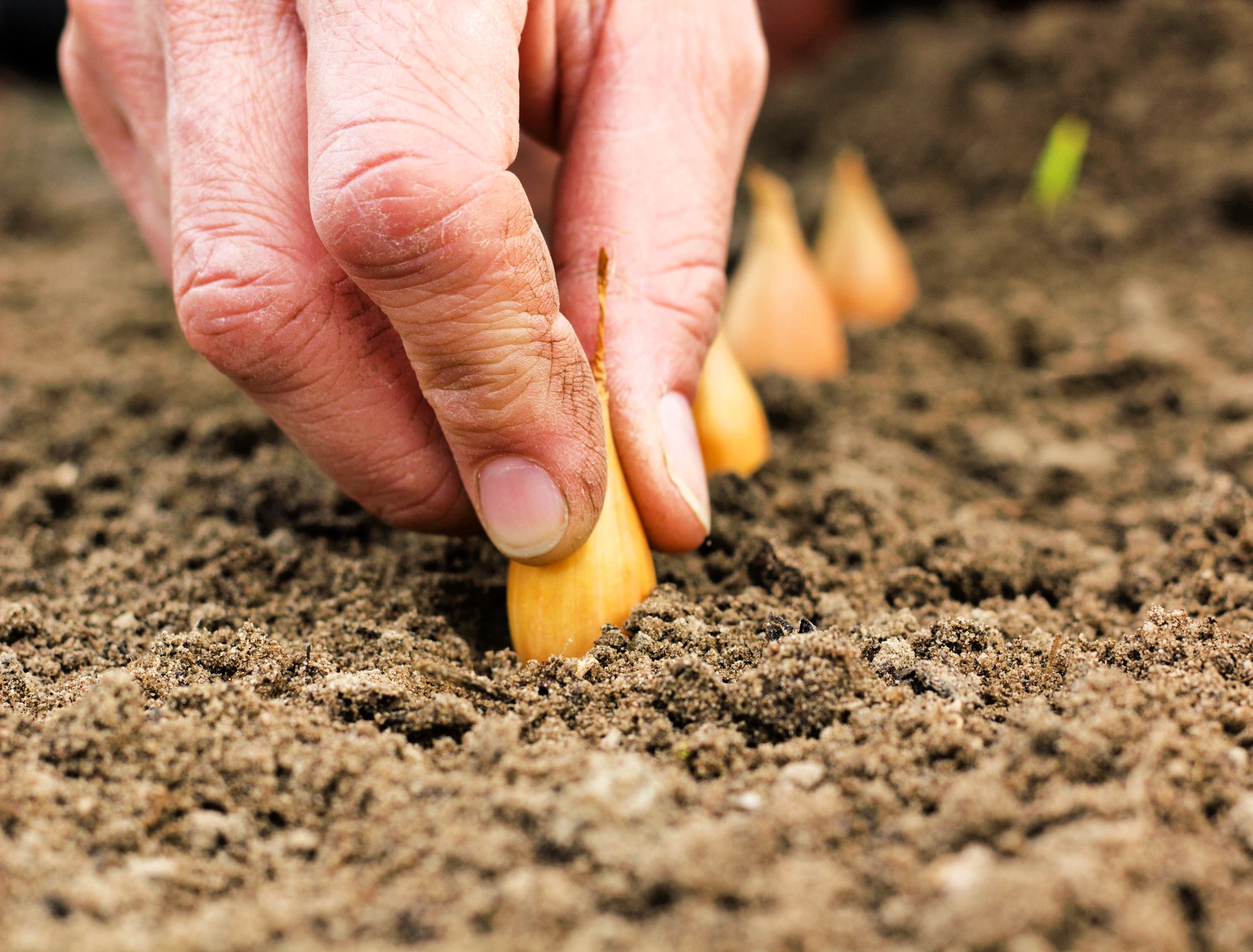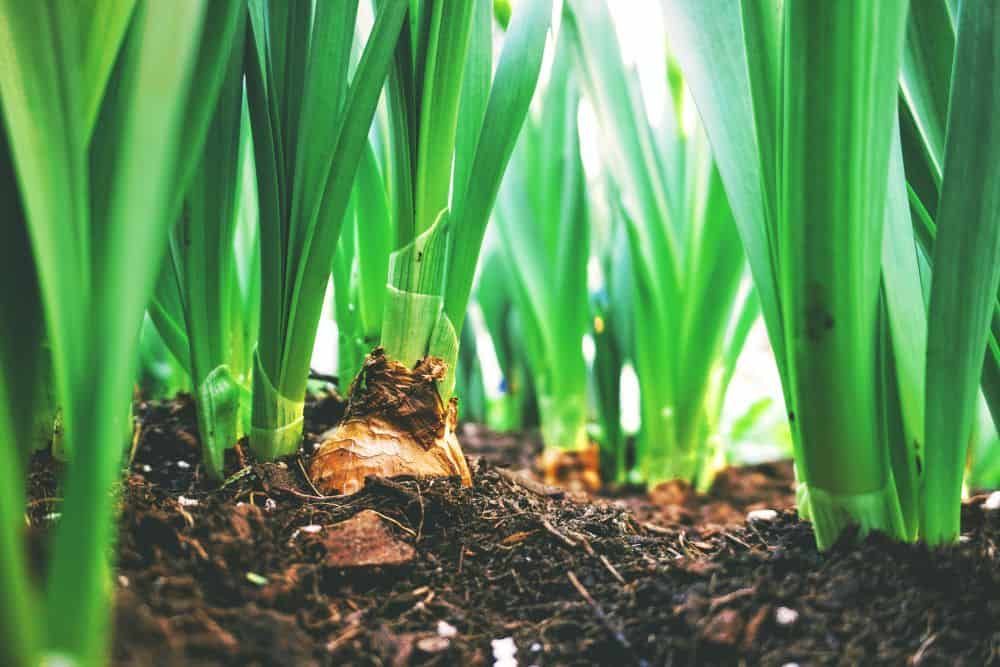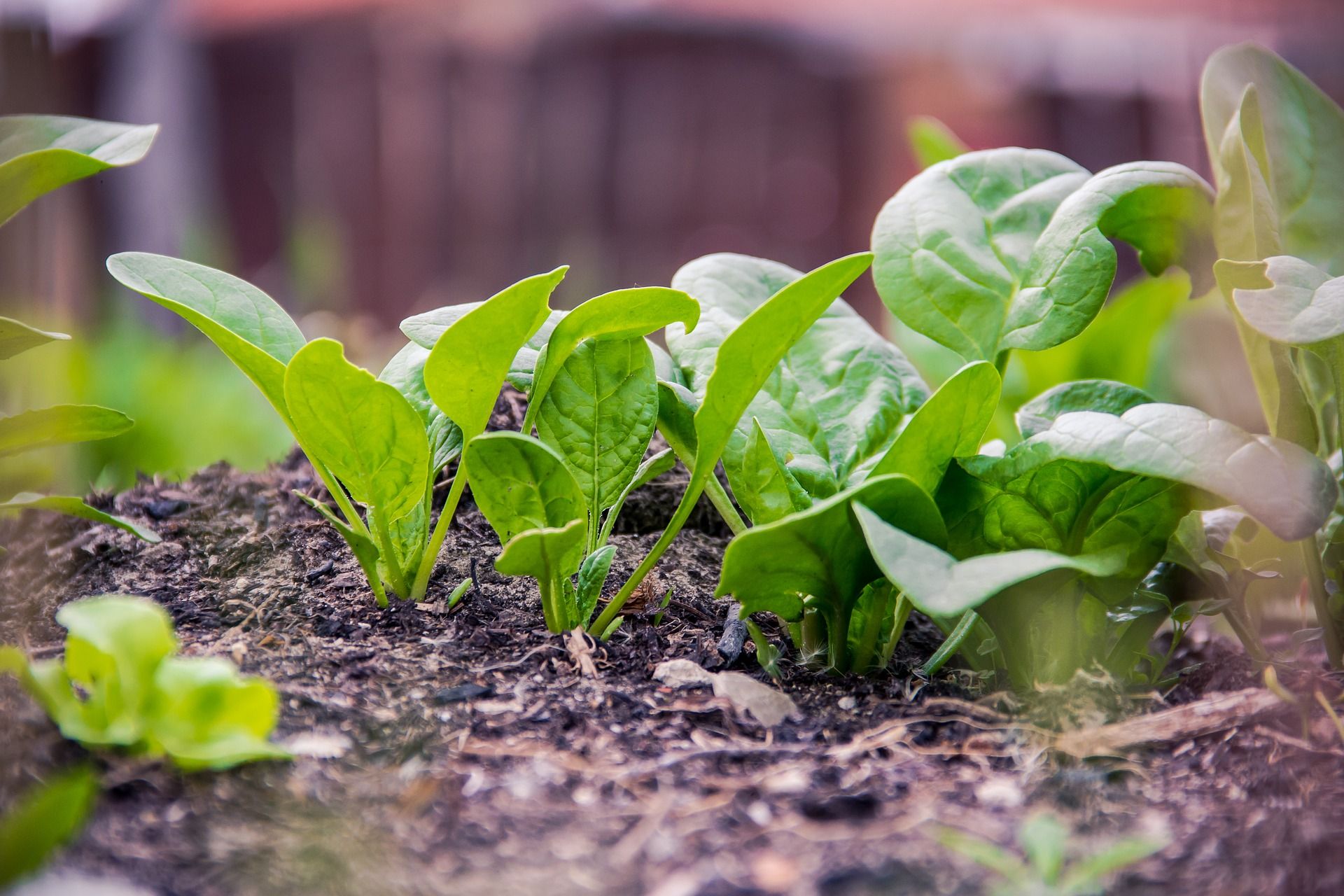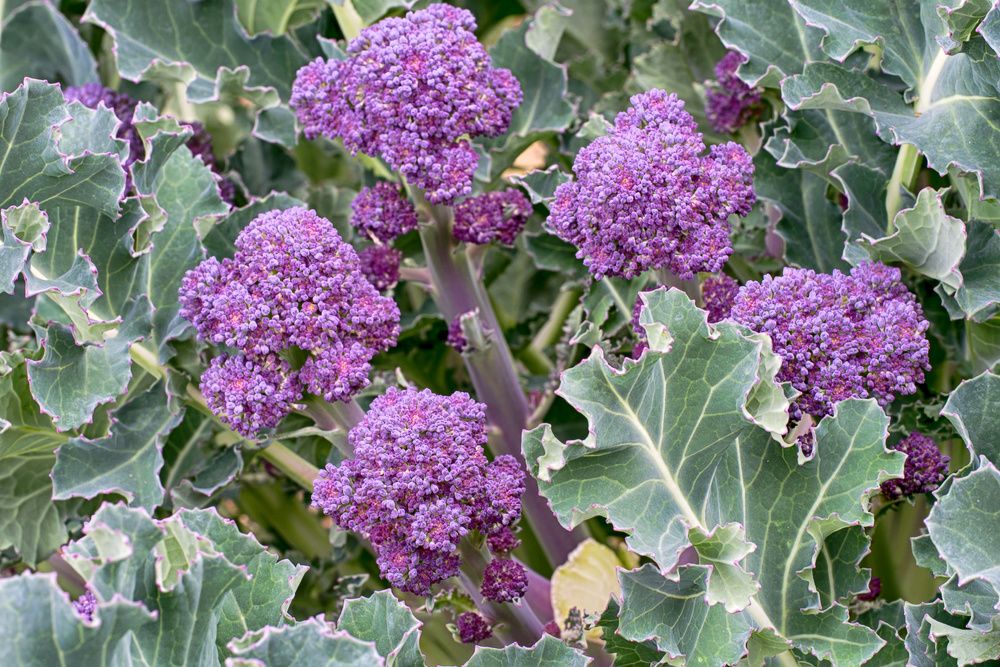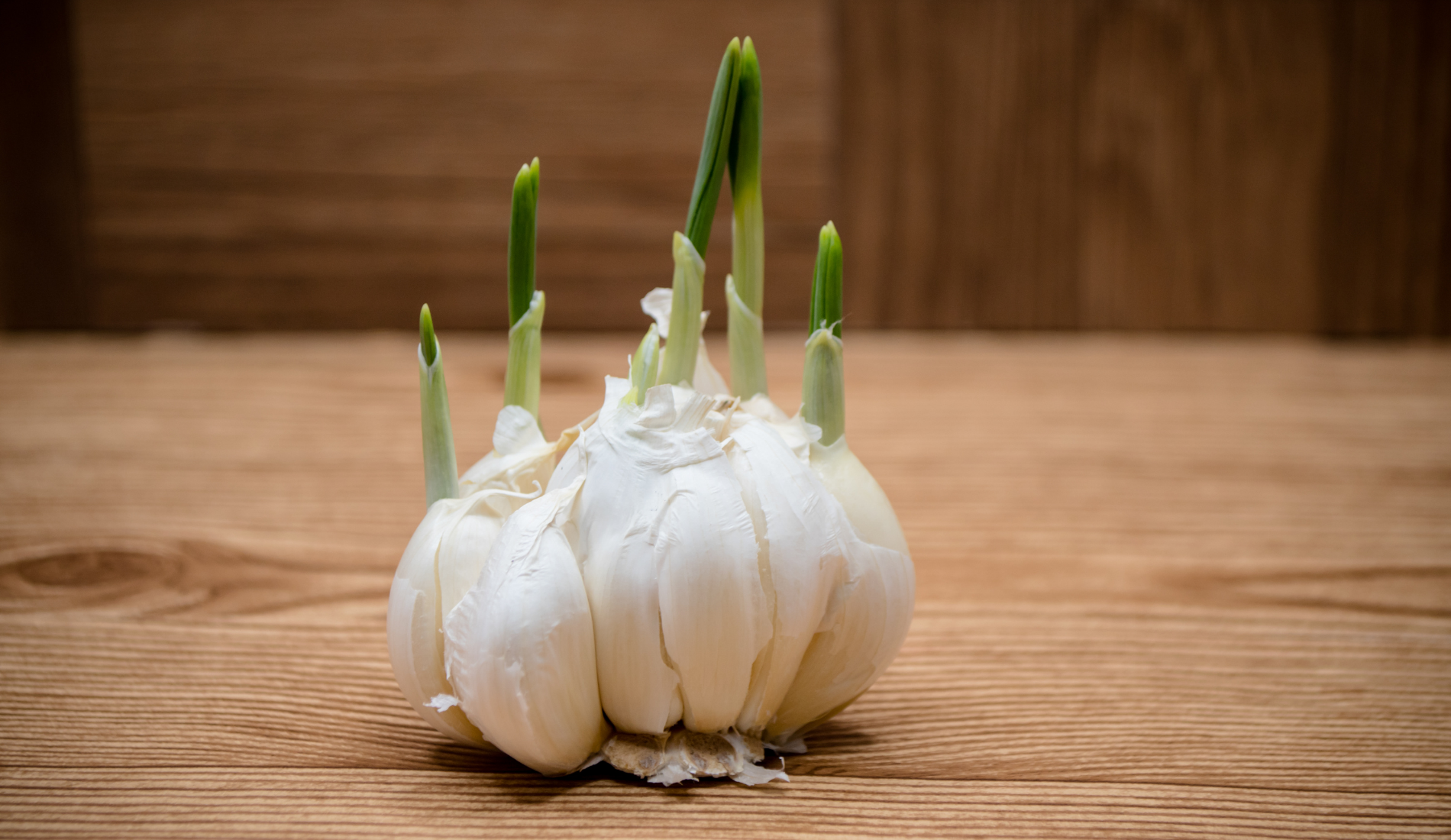Though there are plenty of vegetable crops you can enjoy throughout the fall, you may already be dreaming about the ones you'll be enjoying come springtime. If that sounds like you, it's time to prepare your garden now.
In fact, many crops benefit from the cool weather! Plus, in a few short months, you'll get to kick back and relax while your veggies grow and grow. Below, you'll find the top five vegetables to plant in the fall for a spring harvest.
Carrots
Image credits: PavelIvanov via Canva
Carrots are a nutrient-rich veggie that is easy to work into almost every meal, whether you're baking a cake or making Thanksgiving supper. Because carrots tend to suffer in the summer heat and are frost-resistant, you should grow them in the fall, mild winters, or spring.
If you're looking to plant in the fall and enjoy carrots in the spring, get them in the ground about two to three months before the first frost. Once properly established, the roots will grow slowly over the cold season and be ready for harvest come the warm days of spring. This process allows the carrots to develop a unique sweetness.
Pro Tip: Once you have harvested the carrots, you can store them in the fridge, freezer, or cans to ensure they last as long as possible.
Onions
Image credits: Maarten van den Heuvel via Unsplash
Onions develop based on the amount of light they get per day. Long-day onions, ideal for zones 6 and colder, will form bulbs with 14 to 15 hours of sunlight per day. Short-day onions, ideal for zones 7 and warmer, will develop with only 10 hours of sunlight per day.
There are also day-neutral (or intermediate-day) onions, which thrive in zones 5 and 6 and will develop regardless of the sunlight they receive. Short-day and neutral onions are best planted in fall since they mature in 75 to 100 days, depending on their variety.
If you plant soon, your onions will be ready for harvesting in late spring. You can plant long-day onions in the spring and harvest them by fall. Once harvested, store your onions in a cool, dark environment with good ventilation.
Spinach
Image credits: ha11ok via Pixabay
A scrumptious leafy green ideal for salads, sandwiches, and everything in between, spinach is a cool-weather vegetable, so it is best grown in the fall or early spring. Spinach grows best in full sun, though it can handle partial shade, so be sure to plant it in a sunny spot in your yard.
It's best to plant when soil temperatures are between 45 to 68 degrees Fahrenheit and about six to eight weeks before the first expected frost. Sow spinach seeds about a ½-inch deep and 2 inches apart. You should also use a shade cloth to keep the soil cool during warmer days and a plastic cover to keep the area warm during cooler days.
You can continue harvesting leaves until the spinach begins to bolt when temperatures reach over 80 degrees Fahrenheit. The leafy greens will also store well in the fridge and freezer.
Purple Sprouting Broccoli
Image credits: Sarah2 via Shutterstock
While broccoli isn't typically ideal for fall-planting, some varieties overwinter well, such as purple sprouting broccoli (PSB). As with all types of broccoli, you'll need to plant PSB seeds at least 12 inches apart in well-draining, loamy soil. You can plant anywhere between fall and winter, though you won't see the vegetables until after 180 days.
Purple sprouting broccoli is a colorful veggie you'll love to add to spring dishes, though the florets turn green when cooked!
Pro Tip: Regularly harvest PSB once the florets are mature to see the most growth. You can also use stakes and cages to support the growing plants.
Garlic
Image credits: AHPhotoswpg via Canva
Garlic is another crop that thrives in cool weather, so fall is the best time to plant it. In most areas, October and November are the optimal time for planting, though you should also add a layer of mulch in December in cooler climates. Full sun and loamy soil are essential in growing these plants.
You can grow garlic from garlic scraps, planting cloves in rows at least 2 inches from the soil surface. It takes garlic about eight months to fully mature, but you can harvest "wet" or immature garlic in the spring, which has a nutty-oniony flavor. You can also store garlic to ensure it lasts longer, whether you prefer to freeze it, dry it, or pickle it!
Fallin' for Spring Veggies!
From greens to roots to alliums, there are several veggies you can plant in the fall to get a head start on the spring growing season. Remember to protect your crops with cold frames or row covers to keep animals away through the winter.
Also, always plant in well-drained soil to ensure the vegetables have proper drainage and ventilation to survive the thaw.
Will you be adding any of these vegetables to your fall to-do list? Share in the comment below!

